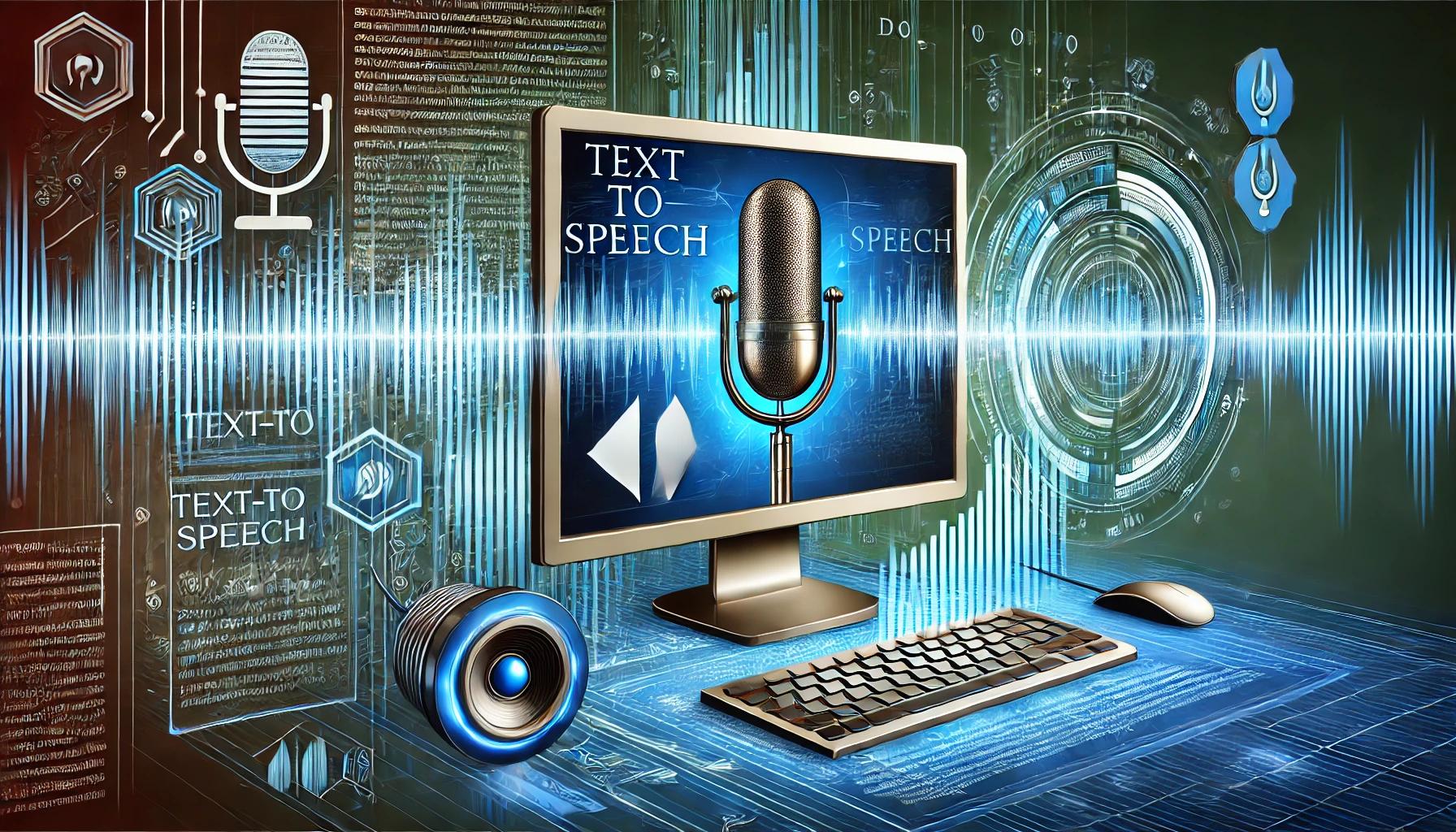
The concept of converting written words into lifelike speech was once considered science fiction. Today, it's a tangible reality thanks to neural text-to-speech (NTTS) technology. This revolutionary advancement in speech synthesis has ushered in a new era of generating remarkably human-like voices from text input. NTTS offers unparalleled accuracy and naturalness, pushing the boundaries of what's possible in artificial speech production. In this article, we'll explore the inner workings of NTTS, examine its real-world applications, and peek into the future of this transformative technology. Join us as we unravel the complexities and potential of NTTS, a innovation that's reshaping how we interact with machines and consume written content.
At its core, NTTS harnesses the power of artificial neural networks to transform written text into remarkably natural-sounding speech. This innovative approach involves training a neural network—a computer system inspired by the human brain's structure—on vast datasets of human speech. Once trained, the network can convert text into a series of acoustic features, which are then synthesized into audio.
The versatility of NTTS technology has led to its adoption in numerous fields. From powering virtual assistants and bringing audiobooks to life, to enhancing language learning tools, NTTS is reshaping how we interact with technology through voice.
Traditional text-to-speech systems use predefined rules and models, often producing robotic-sounding speech lacking natural intonation. In contrast, neural text-to-speech (NTTS) technology learns from vast amounts of speech data, enabling it to generate highly natural-sounding voices. NTTS can capture the nuances of human speech, including proper prosody, rhythm, and intonation, resulting in more lifelike and expressive synthetic voices. This fundamental difference in approach leads to significantly improved quality and naturalness in NTTS output compared to traditional methods.
Neural TTS systems offer several benefits, some of which are listed below.
Today, there are several TTS software in the market that leverage NTTS techniques at their core:
There are several factors, such as the naturalness and expressiveness of the neural AI voices, the range, and customization options that offer voice-vector.com the edge over other neural TTS software.
Multilingual neural TTS technology is crucial for global communication. By offering a wide range of languages and dialects, it enables content creators and businesses to reach diverse audiences effectively. This versatility allows for broader engagement, enhances content accessibility, and breaks down language barriers. The ability to generate natural-sounding speech at voice-vector.com in multiple languages opens up new opportunities for international outreach, education, and cross-cultural communication.
Here are some examples using voice-vector.com's TTS:
Unsatisfied with voice-vector.com provided voices in neutral text to speech service? With its voice cloning service, you can generate personalized audio content in your own voice. Just submit a short audio recording of 1 ~ 2 minutes, and we'll train a model that clones your voice, ready for your text to speech needs.
Unlike other services such as ElevenLabs, which offer a plethora of voice tuning and adjustments options that can be overwhelming, voice-vector.com focuses on what matters most — accurately replicating the original voice without any human intervention.
Here are some examples using voice-vector.com's voice clonings:
While all other platforms keep their voice cloning feature under strict paywalls, voice-vector.com takes a refreshingly different approach:
Neural TTS has revolutionized speech synthesis, creating lifelike and expressive voices from text. This technology is enhancing customer experiences across various applications, making content more engaging and accessible. As researchers, developers and SaaS providers such as voice-vector.com continue to innovate, the potential for neural TTS grows. The future promises even more advanced capabilities, opening up exciting possibilities for how we interact with technology and consume information through synthesized speech.